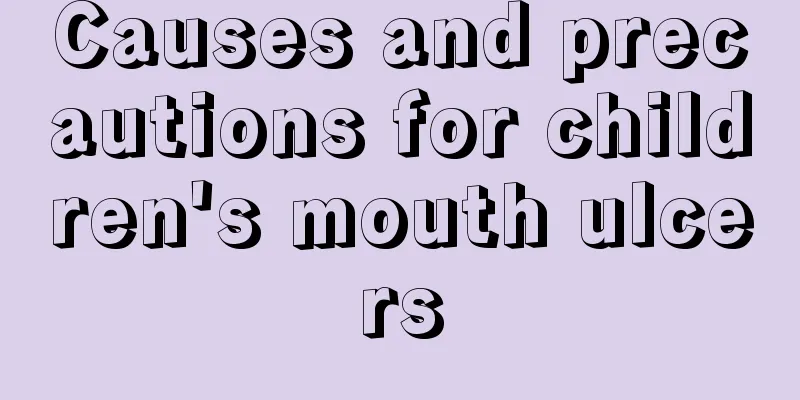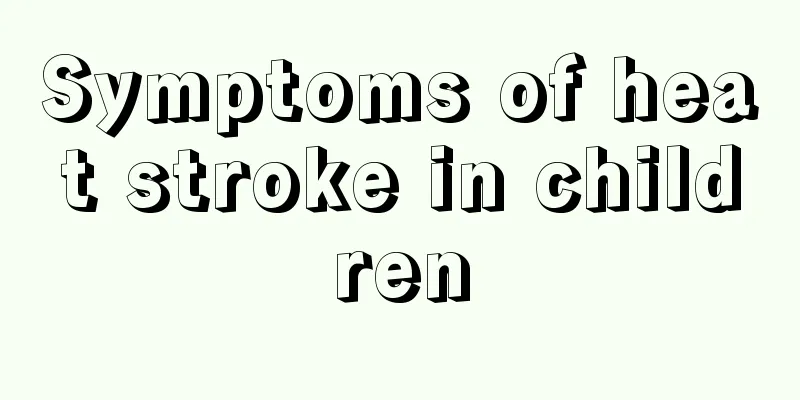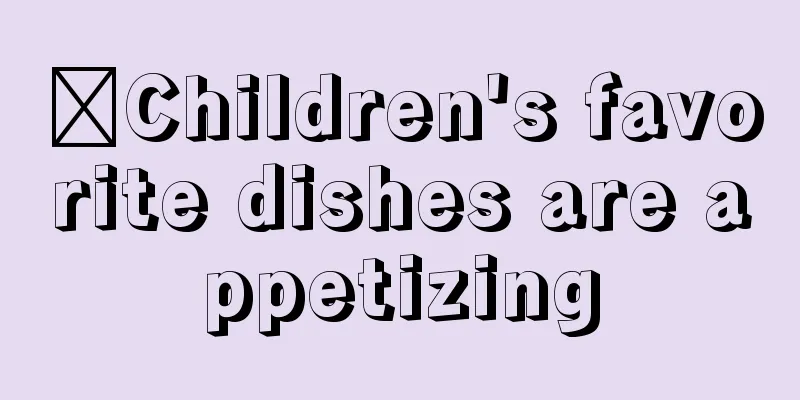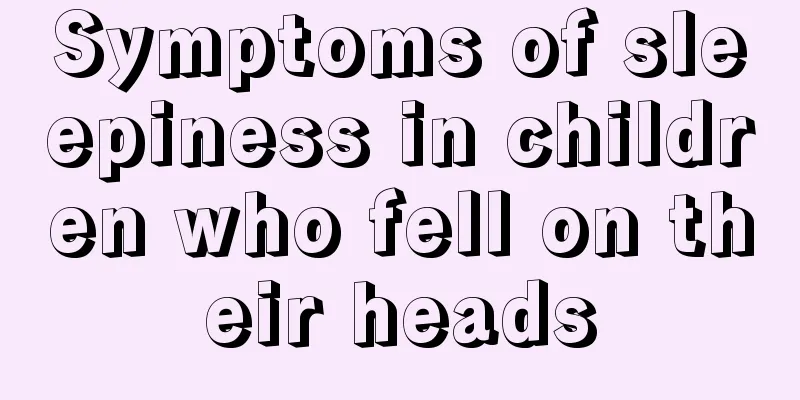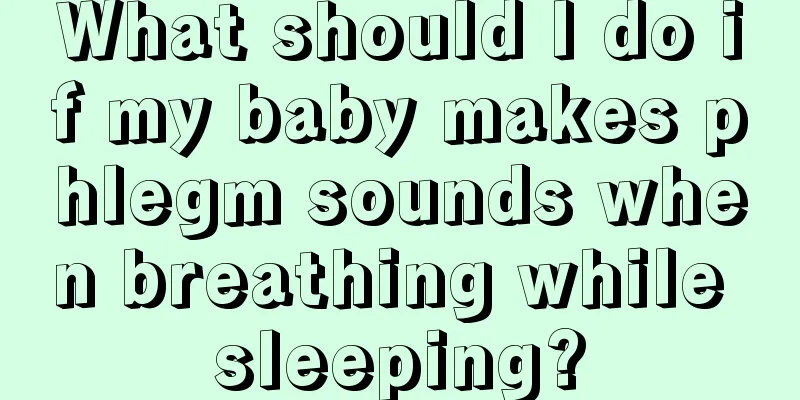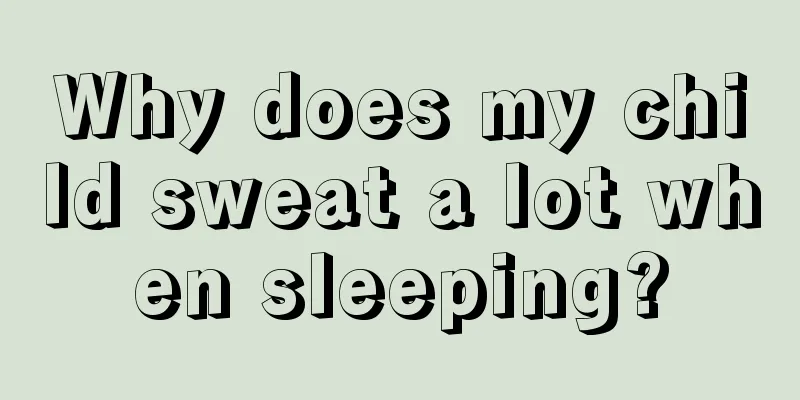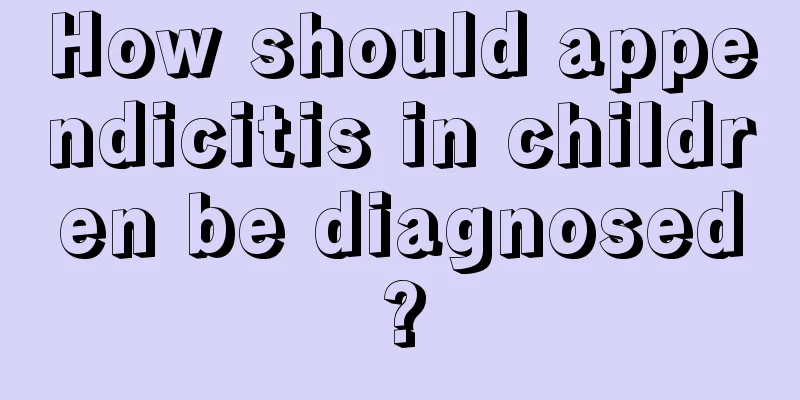Baby pollen allergy symptoms
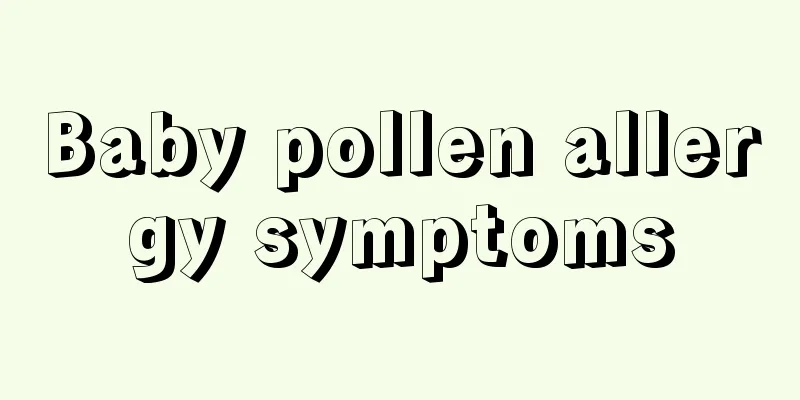
|
One of the common diseases in the allergy department is pollen allergy. The incidence of pollen allergy is increasing year by year. Pollen allergy is caused by some pathological and physiological conditions that occur in patients after inhaling pollen, such as difficulty breathing and skin lesions. Pollen allergy is an epidemic and often occurs in babies. So what are the symptoms of pollen allergy in babies? What should you do if your baby is allergic to pollen? There are many foods that can prevent pollen allergies. For example, carrots and honey are good choices, and jujubes and enoki mushrooms can also prevent pollen allergies. The diameter of pollen is generally around 30 to 50 microns. When they float in the air, they can easily be inhaled into the respiratory tract. People with a history of pollen allergies will have an allergic reaction after inhaling these pollens, which is called pollen allergy. The main symptoms of pollen allergy are sneezing, runny nose, tears, itchy nose, eyes and external auditory canal. In severe cases, it can also induce tracheitis, bronchial asthma, and cor pulmonale (more common in summer and autumn). The reason why pollen causes human allergies is that it contains rich protein, some of which are the main allergens that cause allergies. Pollen allergy, also known as hay fever, is characterized by symptoms such as runny nose, sneezing, itchy nose and eyes, and coughing. There are three main symptoms of children who are allergic to pollen: the first is "pollen allergic rhinitis", which is characterized by itchy nose, sneezing, runny nose, blocked nose, and difficulty breathing; the second is "pollen allergic asthma", which is characterized by paroxysmal cough, difficulty breathing, white foamy mucus, sudden asthma attacks and gradually worsening, and after recovery, they are no different from normal people; the third is "pollen allergic conjunctivitis", which is characterized by itchy eyes and swollen eyelids in children, and is often accompanied by watery or purulent mucus secretions. Baby pollen allergy can easily induce 4 major diseases 1. Allergic rhinitis Typical symptoms: itchy nose, watery nasal discharge, nasal congestion, and sneezing. Nursing tips: (1) Drinking yogurt appropriately: As long as the child is not allergic to yogurt, you can let the child drink a cup of yogurt every day, which can prevent and relieve the symptoms of allergic rhinitis to a certain extent. Yogurt contains the nutrients of milk and various active lactic acid bacteria. It can regulate intestinal flora, prevent toxins decomposed by harmful bacteria from causing harm to the body, and improve children's disease resistance. (2) Nebulizer therapy: After following the doctor's instructions, put the anti-allergic medicine prescribed by the doctor into a clean cup, add an appropriate amount of boiling water, and then use the hot steam from the boiling water to fumigate the child's nose for a while. This nebulization therapy can quickly relieve children's symptoms such as runny nose, itchy nose, and sneezing. (3) Acupoint massage: Massage the Yingxiang point (located in the nasolabial groove 1 cm from the side of the nose) until it becomes hot. This can dredge the meridians, adjust the imbalance of Qi movement, enhance immunity, and have anti-inflammatory, vasoconstriction, and nasal clearing effects. 2. Allergic asthma Typical symptoms: cough, sputum, wheezing, shortness of breath, and chest tightness. >>Details Nursing tips: (1) Eat more grains. Let your children eat more grains and foods high in vitamins and fiber, which can help relieve the symptoms of allergic asthma. (2) Drink more water to help expectoration. Encourage children to drink more water and use your hollow palms to gently tap their backs to help them expectorate. This can relieve blockage and improve airway ventilation. (3) Semi-recumbent position is recommended. During an asthma attack, children should not lie flat on their backs. The head of the bed should be raised or the upper body should be propped up to take a semi-recumbent position, which is conducive to maintaining unobstructed breathing. (4) Acupoint massage: Use the fingertips to press and rub the Tanzhong point (the midpoint of the line connecting the two nipples) and the Tiantu point (the depression below the Adam's apple when you tilt your neck back). Do not use too much force. Press and rub for 4 to 5 minutes each time until you feel a fever. This can help relieve symptoms such as cough and chest tightness. 3. Allergic conjunctivitis Typical symptoms: extreme itchy eyes, conjunctival congestion, mucous secretions, and red and swollen eyelids. Nursing tips: Rinse and cool compress: Use saline solution to help your child rinse out the pollen residue in his eyes. You can also apply cool or ice compresses to the eyes to reduce the concentration of allergens, improve swelling and congestion, and have an anti-itching effect. Cleaning up secretions Allergic conjunctivitis usually causes more eye secretions. Mothers can soak a sterilized cotton swab in warm water and then gently clean the eyes of their children. Wipe from the inside of the eye to the outside, using one cotton swab at a time. The used cotton swab cannot be reused until it is wiped clean. 4. Allergic dermatitis Typical symptoms: redness, itching, rash, and peeling of the skin. Nursing tips: (1) There are effective ways to relieve itching. Cold compresses or gently patting the affected area can relieve itching. You can also apply calamine lotion externally to relieve itching symptoms. (2) Note that environmental allergic dermatitis is very sensitive to environmental changes, and the itching symptoms will be aggravated by heat or cold. The room temperature should be around 25℃ and the relative humidity should be maintained at 50% to 60%. (3) Local fumigation and washing: According to the size of the inflamed area, take an appropriate amount of Senecio radix, add water and boil for 20 minutes. When the temperature is suitable, fumigate first and then wash, twice a day for 3 consecutive days. Senecio is bitter and cold in nature, and has the effects of clearing away heat and detoxifying, promoting dampness and relieving itching. Above we introduced what pollen allergy is. We know that pollen allergy often occurs in babies, so we need to understand the manifestations of pollen allergy symptoms in babies. Once the baby has pollen allergy, we must know how to deal with it. The above article also introduced some methods to prevent baby pollen allergy, you can learn about it. |
<<: Five benefits of having a dad take care of your kids
>>: Can children drink honey water?
Recommend
How to treat hair loss in teenagers?
Hair loss is a physiological phenomenon that occu...
Why does the child cry in the middle of the night?
We all know that children always use crying to ex...
How to deal with children’s nose bleeding due to picking their nose?
Children are prone to nosebleeds, so parents shou...
What are the children's diet menus?
Spring is here and everything is reviving. This i...
How to diagnose kernicterus
Kernicterus is actually also called neonatal bili...
What medicine should be used for children's skin allergies
Children's immunity is very poor, so they are...
What is the best way to treat a child’s fever?
Mothers with children often encounter fever situa...
What to do if your child coughs at ten months old
Children's respiratory systems are not as sou...
What should I do if my six-month-old baby has a low-grade fever?
Many mothers worry about their baby's health,...
How do teenagers exercise to grow taller?
For teenagers, the most important thing is to gro...
What are the causes of air conditioning disease in children?
Children's air-conditioning disease is a new ...
Can mental retardation be cured? Introducing scientific therapy!
The so-called mental retardation usually refers t...
Why does a newborn baby have a sound in his throat when drinking milk?
Many careful parents will find that their babies ...
Child with blocked nose and difficulty breathing
Now is the season for viral colds. At this time, ...
How can neonatal cerebral edema be treated?
When a baby is born in the family, it will bring ...
